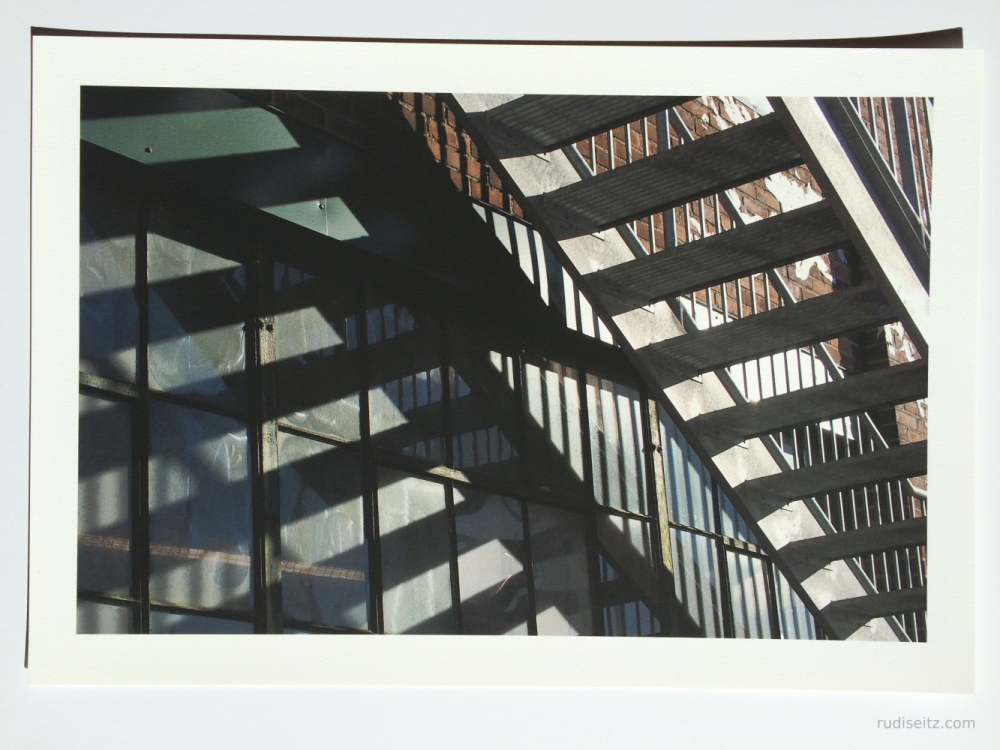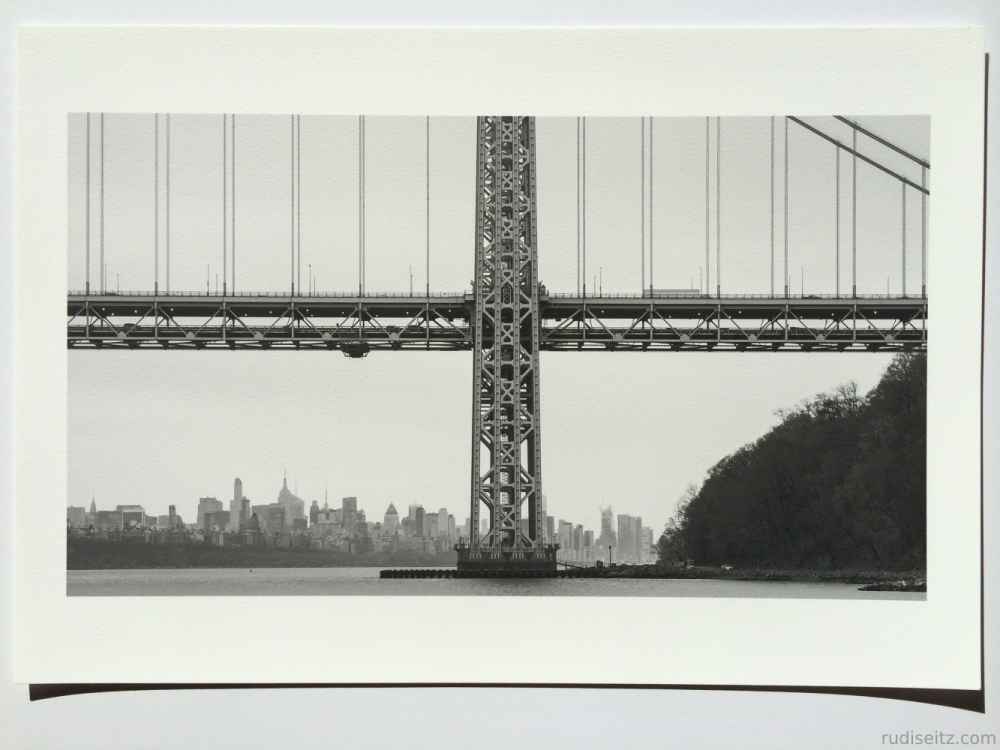No matter how earnestly one strives to be “objective” in taking a photograph, and no matter how resolutely one avoids editing the image after capture, it’s problematic to claim that any photograph depicts the “reality” of the scene or even that it shows what a person standing at the scene might have observed with their naked eye. Every photograph is an interpretation. Photographs exist in two dimensions and have borders – even frames – while reality comprises no less than three dimensions and it does not have edges the eye can see. A photograph represents the choices of the photographer – what lens to use, what aperture and shutter speed to shoot with, what distance to stand from the subject, where to focus, what to exclude, what moment to take the shot, which shot out of dozens or hundreds to preserve, how to print and frame the image, and where to display it – a photograph represents these choices as much as it represents the “truth.” But does the impossibility of an objective photograph mean that photographers should not strive to be somehow objective, somehow faithful to what they saw? Does the unattainability of an ideal mean that an artist should not still pursue the ideal? If we acknowledge that photographs are synthetic, that they are creative products as much as they are factual documents, should we then engage in the synthetic aspects of photography without any restrictions, allowing ourselves to edit and transform images in any way that might satisfy our artistic vision? Or are there times when we should resolve that while we could edit an image to make it more beautiful, more striking, more dramatic, we won’t?
Continue reading →



